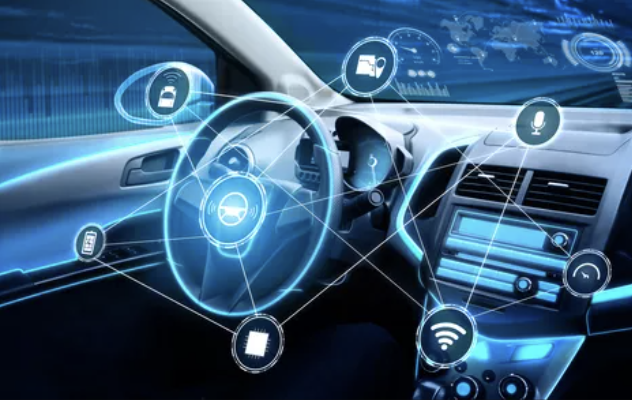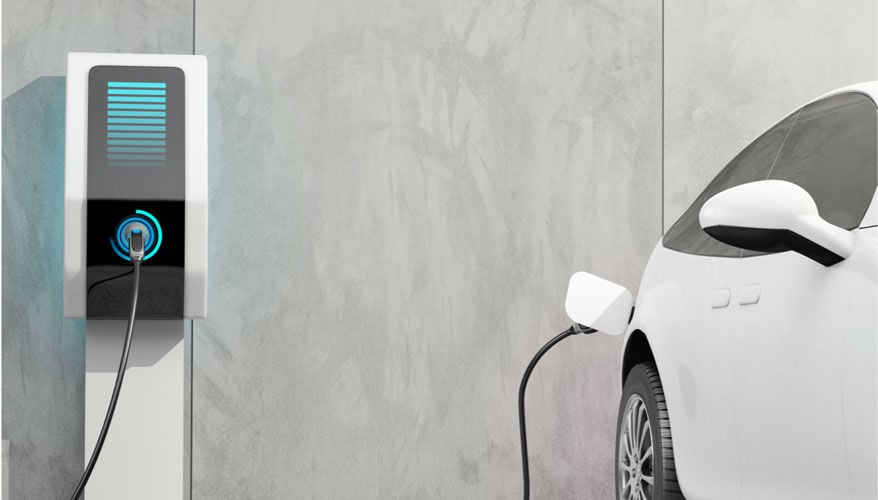Electric vehicles (EVs) promise a cleaner, greener future. Yet persistent software issues are hindering their adoption. For fleet operators, software reliability isn’t just a luxury – it’s business-critical. Picture this: you invest in a fleet of EVs, only to be plagued by telematics systems that go dark, batteries that misreport their charge, or cybersecurity breaches that expose sensitive company or customer data.
These are not mere inconveniences; they are reputational landmines that can lead to soaring costs, safety issues, disgruntled employees, and lost business.
It’s not just fleet operators that are alarmed. A staggering 29% of regular EV drivers are considering a return to traditional combustion engines, with much of this dissatisfaction likely stemming from unreliable software.
To combat the software issues plaguing the EV space, automakers must prioritise the development of robust, reliable systems, whether crafted in house or in collaboration with trusted third parties. This also includes enhancing the in-car experience, thereby addressing consumer expectations for the next generation of vehicles.
Let’s discuss the challenges behind EV software and why automakers are homing in on early software development to fine-tune every aspect of the in-car experience for drivers and passengers alike.
What software issues do EVs face?
The transition from internal combustion engines (ICE) to computer-driven, high-density batteries is no small feat. Not only do car manufacturers have to manage the hardware transition, but they also need to become proficient software firms. Modern EVs use more than 150 million lines of code, which is more than a commercial airplane; indeed it’s not hyperbole to state that the modern car is the most advanced, complex bundle of software ever created at scale. A similar transition is taking place with traditional engine systems, but it becomes more obvious with EVs as they offer the opportunity, and risk, to do a faster transition to the next software generation.
Understandably, traditional automakers have struggled to keep up, as they have been forced to compete against some of the more nimble, tech-first upstarts, unburned by legacy processes and technologies.
Then there’s the issue of smart technologies. Automakers need to source hundreds of different components per vehicle, including Advanced Driver Assistance Systems (ADAS) that control things like lane keeping assist, to battery management infotainment , and more. Each has its own software, often written in different coding languages. Pulling these disparate systems into a cohesive operating framework, especially when running a third-party software system, is a monumental challenge.
Software in EVs needs to interact across multiple layers, each corresponding to different hardware components and system requirements. The top layer deals with data sharing and external communication, similar to a smartphone’s role in connecting the vehicle to the cloud and mobile apps. The middle layer handles infotainment systems, which manage media, navigation, and user interfaces. Finally, the most critical layer focuses on mission-critical vehicle control systems, including powertrain, battery management, and braking, where safety and real-time performance are paramount.
These are just the beginning of the challenges EV software must tackle. Ensuring robust, reliable software that interacts seamlessly across these layers underscores the complexities involved in developing the high-performance, secure systems modern EVs demand.
The role of interface design and user education
A well-designed interface is crucial not only for troubleshooting problems but also for enhancing the overall driving experience.
McKinsey projects that the automotive software market will more than double in size from $31 billion in 2019 to roughly $80 billion in 2030. Much of this growth will come from ADAS and Autonomous Driving software, followed by infotainment, connectivity, security, and other connected services. Despite these advancements, however, the user experience is still evolving.
If the 2010s were about large, clear displays with simple, intuitive controls, then the 2020s have shifted the focus towards personalisation. While this sounds promising on paper, the EV sector is still undergoing some growing pains. There are wide disparities between operating systems, and that lack of consistency can hinder a seamless experience for drivers, meaning not all drivers know how to get the most out of their EVs.
In the years ahead, remote diagnostics, predictive maintenance, and real-time data access through a robust user interface should simplify issue assessment and resolution, ultimately improving user satisfaction.
For individual drivers, an intuitive, well-crafted user interface can be a game-changer. Drivers now expect real-time data and analytics from their vehicles, including tracking of their location, battery levels and the status or their cars. Features like predictive maintenance are becoming more common, and, in shared vehicles, drivers can increasingly personalise profiles to suit their unique needs.
These capabilities are powered by solutions such as digital cockpits, instrument clusters, infotainment systems, and telematics – securely managed through servers with over-the-air updates. Such features not only provide context-aware information but also educate drivers about varying conditions, boost confidence, and reduce risk.
Fleet operators can leverage this data to streamline day-to-day vehicle management, gaining real-time insights and actionable guidance for optimising their operations. It becomes a strategic asset for fleet efficiency and driver satisfaction.
The “Shift-Left” Approach
To combat some of the reputation-damaging software issues, many automakers are employing the “Shift-Left” approach. This strategy involves prioritising the building, testing, and refining of software early in the development process, often using cloud environments to facilitate real-time testing and iterations.
By identifying and fixing defects earlier in the development cycle, carmakers can reduce costs, accelerate time to market, and avoid bugs that could potentially lead to a delay in the start of production. Fleet operators should prioritise EVs that focus on software excellence, ensuring regular software updates keep vehicles in optimal condition and on the road. Complex software can’t be an afterthought, it must be integrated into the vehicle development from the outset.
Author: Jörg Zimmer, VP at BlackBerry QNX











